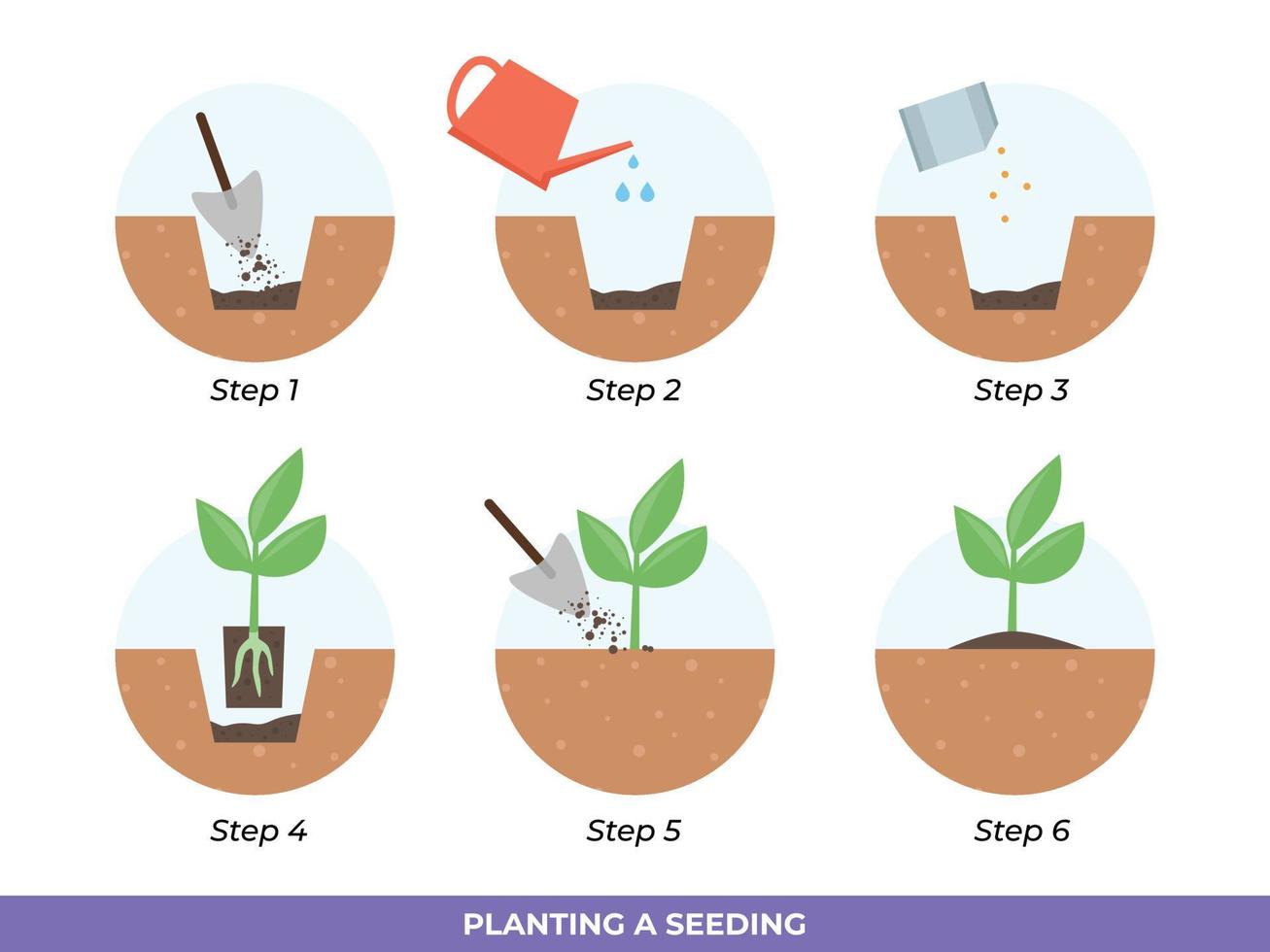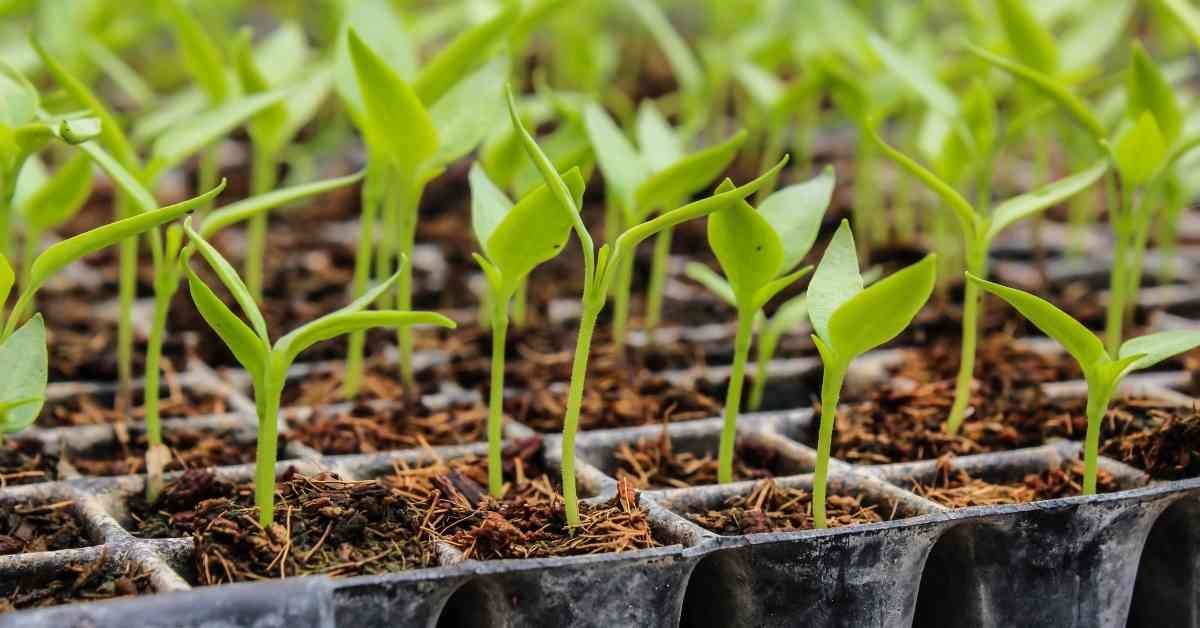Why Transplanting Seedlings is Crucial for Healthy Plant Development
Transplanting seedlings is a critical step in their growth journey, and understanding its importance can make all the difference in their development. By learning how to up pot seedlings effectively, you can provide them with the necessary space, soil, and light to thrive. This process is essential for promoting healthy root development, increasing plant growth, and encouraging a robust immune system. Without transplanting, seedlings can become root-bound, leading to stunted growth, reduced yields, and increased susceptibility to disease. By recognizing the significance of transplanting, you can take the necessary steps to give your seedlings the best possible start in life, setting them up for success and a bountiful harvest. In fact, mastering the art of transplanting can be the key to unlocking your seedlings’ full potential, and with the right techniques, you can ensure they receive the care they need to flourish.
Preparing Your Seedlings for the Big Move: Hardening Off and Timing
Before transplanting seedlings, it’s essential to prepare them for the big move. This involves a process called hardening off, which helps seedlings adapt to outdoor conditions. Hardening off involves gradually exposing seedlings to outdoor conditions, such as sunlight, wind, and temperature fluctuations, over the course of 7-10 days. This process helps to strengthen the seedlings’ stems, leaves, and roots, making them more resilient to transplant shock. To harden off seedlings, start by moving them to a shaded outdoor location for 1-2 hours a day, gradually increasing the duration and intensity of their exposure to outdoor conditions. It’s also crucial to determine the ideal time for transplanting, taking into account factors such as weather, soil temperature, and the seedlings’ stage of development. By hardening off seedlings and timing the transplant correctly, you can minimize the risk of transplant shock and set your seedlings up for success.
Selecting the Right Potting Mix and Containers for Your Seedlings
When it comes to transplanting seedlings, the right potting mix and containers can make all the difference in their growth and development. A good potting mix should have excellent drainage, aeration, and nutrient content to support healthy root growth. Look for a mix that is specifically designed for seedlings and contains ingredients such as peat moss, vermiculite, and perlite. Avoid using garden soil from your yard, as it can compact and prevent proper drainage. When choosing containers, consider the size and material. Seedlings need room to grow, so select containers that are at least 1-2 sizes larger than their current pots. Plastic or biodegradable pots are good options, as they allow for easy transplanting and can help prevent root bound. Additionally, consider using cell packs or seed trays with individual cells to give each seedling its own space. By selecting the right potting mix and containers, you can provide your seedlings with the ideal environment for growth and set them up for success when it’s time to learn how to up pot seedlings.
The Transplanting Process: A Step-by-Step Guide
When it’s time to learn how to up pot seedlings, a gentle and careful approach is crucial to minimize transplant shock. Here’s a step-by-step guide to help you successfully transplant your seedlings:
Step 1: Prepare the Soil – Before transplanting, prepare the soil by loosening it to a depth of 12-18 inches. Add organic matter such as compost or well-rotted manure to improve soil structure and fertility.
Step 2: Handle the Roots with Care – Gently remove the seedling from its container, taking care not to disturb the roots. If the roots are circling or tangled, gently tease them apart with your fingers or a blunt instrument.
Step 3: Plant at the Right Depth – Plant the seedling at the same depth as it was previously, or slightly deeper. Make sure the soil level is just above the first true leaves.
Step 4: Water Thoroughly – Water the seedling thoroughly after transplanting, and keep the soil consistently moist during the first few weeks.
Step 5: Provide Support – If necessary, provide support for the seedling using stakes, trellises, or cages to prevent damage from wind or pests.
By following these steps and taking the time to learn how to up pot seedlings correctly, you can give your seedlings the best possible start in their new environment.
Common Mistakes to Avoid When Transplanting Seedlings
When learning how to up pot seedlings, it’s essential to avoid common mistakes that can lead to transplant shock and negatively impact seedling growth. Here are some common mistakes to watch out for:
Over-Handling: Avoid handling the seedlings excessively, as this can cause damage to the roots and stems. Instead, handle them gently and briefly, making sure to support the plant during transplanting.
Under-Watering: Failing to provide adequate water after transplanting can cause the seedlings to wilt and struggle to establish themselves. Make sure to water thoroughly and consistently during the first few weeks.
Inadequate Soil Preparation: Not preparing the soil properly before transplanting can lead to poor root growth and increased risk of disease. Ensure the soil is well-draining, fertile, and free of debris.
Insufficient Hardening Off: Failing to harden off seedlings before transplanting can cause them to struggle with outdoor conditions. Gradually expose seedlings to outdoor conditions over the course of 7-10 days to help them adjust.
By being aware of these common mistakes and taking steps to avoid them, you can increase the chances of successful transplanting and give your seedlings the best possible start in their new environment.
Post-Transplant Care: Tips for Encouraging Healthy Growth
After learning how to up pot seedlings, it’s essential to provide proper post-transplant care to encourage healthy growth and development. Here are some tips to help your seedlings thrive:
Watering: Water your seedlings regularly, but avoid overwatering, which can lead to root rot and other problems. Check the soil daily, and water only when the top inch of soil feels dry to the touch.
Fertilizing: Feed your seedlings with a balanced fertilizer once a week to provide essential nutrients for growth. You can also use compost tea or fish emulsion for a more organic approach.
Pruning: Prune your seedlings regularly to promote bushy growth and encourage root development. Remove any weak or spindly growth, and trim back the tips of the stems to encourage branching.
Monitoring for Stress or Disease: Keep a close eye on your seedlings for signs of stress or disease, such as yellowing leaves, wilting, or white powdery patches. Take action quickly to address any issues, and consider using organic pest control methods whenever possible.
By following these post-transplant care tips, you can help your seedlings recover from the shock of transplanting and set them up for a lifetime of healthy growth and development.
Troubleshooting Common Issues with Transplanted Seedlings
Even with proper care, transplanted seedlings can still encounter problems. Here are some common issues that may arise and tips on how to troubleshoot them:
Wilting: If your seedlings are wilting, it may be due to underwatering or overwatering. Check the soil moisture and adjust your watering schedule accordingly. Make sure the pot has good drainage holes to prevent waterlogged soil.
Yellowing Leaves: Yellowing leaves can be a sign of nutrient deficiency or too much direct sunlight. Consider fertilizing your seedlings with a balanced fertilizer, and provide shade cloth or a sheer curtain to filter the sunlight.
Pest Infestations: Check your seedlings regularly for signs of pests, such as whiteflies, aphids, or spider mites. Use organic pest control methods like neem oil or insecticidal soap to address infestations.
Root Bound: If your seedlings are root-bound, it may be time to up pot them again. Look for signs like slow growth, yellowing leaves, or roots growing out of the drainage holes. When up potting, gently tease out the roots to encourage new growth.
By being aware of these common issues and taking prompt action, you can help your seedlings recover and thrive in their new environment. Remember to monitor your seedlings closely and adjust your care routine as needed to ensure successful growth.
Conclusion: Setting Your Seedlings Up for Success
In conclusion, transplanting seedlings is a crucial step in their development, and with careful planning and attention to detail, you can set them up for success. By understanding the importance of providing more space, better soil, and adequate light, preparing your seedlings for the big move, and following a step-by-step guide for transplanting, you can minimize the risk of transplant shock and ensure healthy growth.
Remember to avoid common mistakes, such as over-handling and under-watering, and to provide proper post-transplant care, including watering, fertilizing, and pruning. By monitoring for signs of stress or disease and troubleshooting common issues, you can help your seedlings thrive in their new environment.
When it comes to how to up pot seedlings, it’s essential to prioritize gentle handling, careful soil preparation, and adequate light exposure. By following these guidelines and tips, you can give your seedlings the best possible start in life, setting them up for a lifetime of healthy growth and development.






